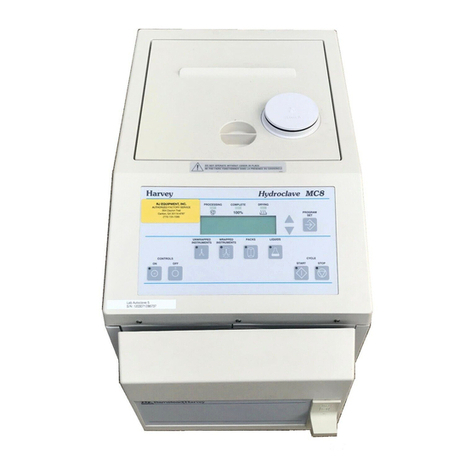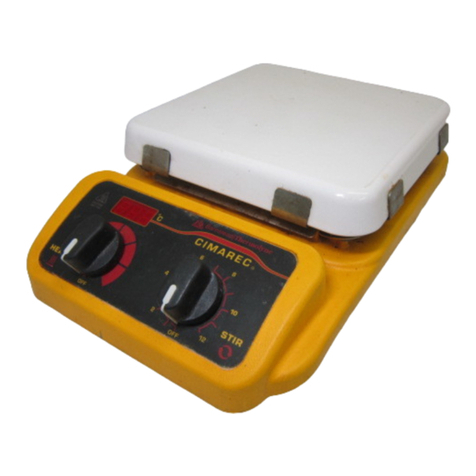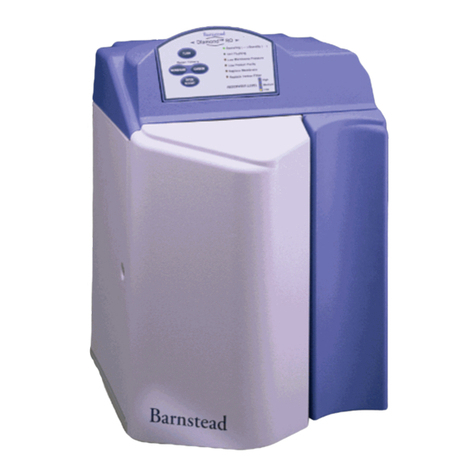2
Safety Information ........................................................................................................................................................3
Alert Signals ..........................................................................................................................................................3
Description....................................................................................................................................................................4
Specifications .............................................................................................................................................................. 5
Digital Water Baths ................................................................................................................................................5
Electrical Requirements..................................................................................................................................5
Temperature Range ........................................................................................................................................5
Uniformity ...................................................................................................................................................... 5
Control .......................................................................................................................................................... 5
Basic Water Baths ................................................................................................................................................5
Electrical Requirements..................................................................................................................................5
Temperature Range ........................................................................................................................................5
Uniformity ...................................................................................................................................................... 5
Control .......................................................................................................................................................... 5
Tank Capacity and Dimensions Digital Water Baths ............................................................................................6
Tank Capacity and Dimensions Basic Water Baths ..............................................................................................7
Declaration of Conformity ......................................................................................................................................8
Unit’s Environmental Operating Conditions ..........................................................................................................8
Unpacking and Installation ..........................................................................................................................................9
Electrical Requirements ........................................................................................................................................9
Setup ....................................................................................................................................................................9
Operation....................................................................................................................................................................10
Controls, Digital Water Baths ..............................................................................................................................10
Bath Temperature is Maintained by Microprocessor Controller ..........................................................................11
Setting the Temperature, Digital Water Baths......................................................................................................11
Temperature Calibration, Digital Water Baths......................................................................................................11
Controls-Basic Water Baths ................................................................................................................................12
Water Bath Temperature is Regulated by Two Thermostats ..............................................................................12
Setting the Temperature, Basic Water Baths ......................................................................................................13
Models 18020 and 18020-1 ................................................................................................................................13
Maintenance ..............................................................................................................................................................14
Draining the Tank ................................................................................................................................................14
Routine Tank Cleaning ........................................................................................................................................14
The Alloy Called Stainless ..................................................................................................................................14
Some Stainless Guidelines to Consider ..............................................................................................................15
The pH Factor......................................................................................................................................................15
Special Considerations........................................................................................................................................15
Cleansing Agents ................................................................................................................................................16
Cleaning Methods................................................................................................................................................16
Materials Effective in Disinfecting........................................................................................................................17
Refilling the Tank ................................................................................................................................................17
Troubleshooting ..........................................................................................................................................................18
Over Temperature Protection ..............................................................................................................................18
Replacement Parts ....................................................................................................................................................19
Ordering Procedures ..................................................................................................................................................21
Two Year Limited Warranty ........................................................................................................................................24
Table of Contents











































